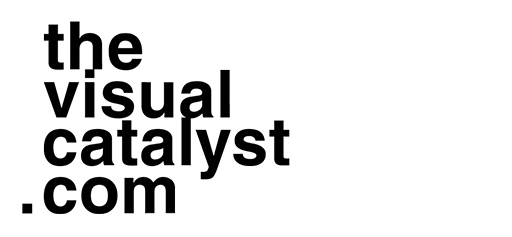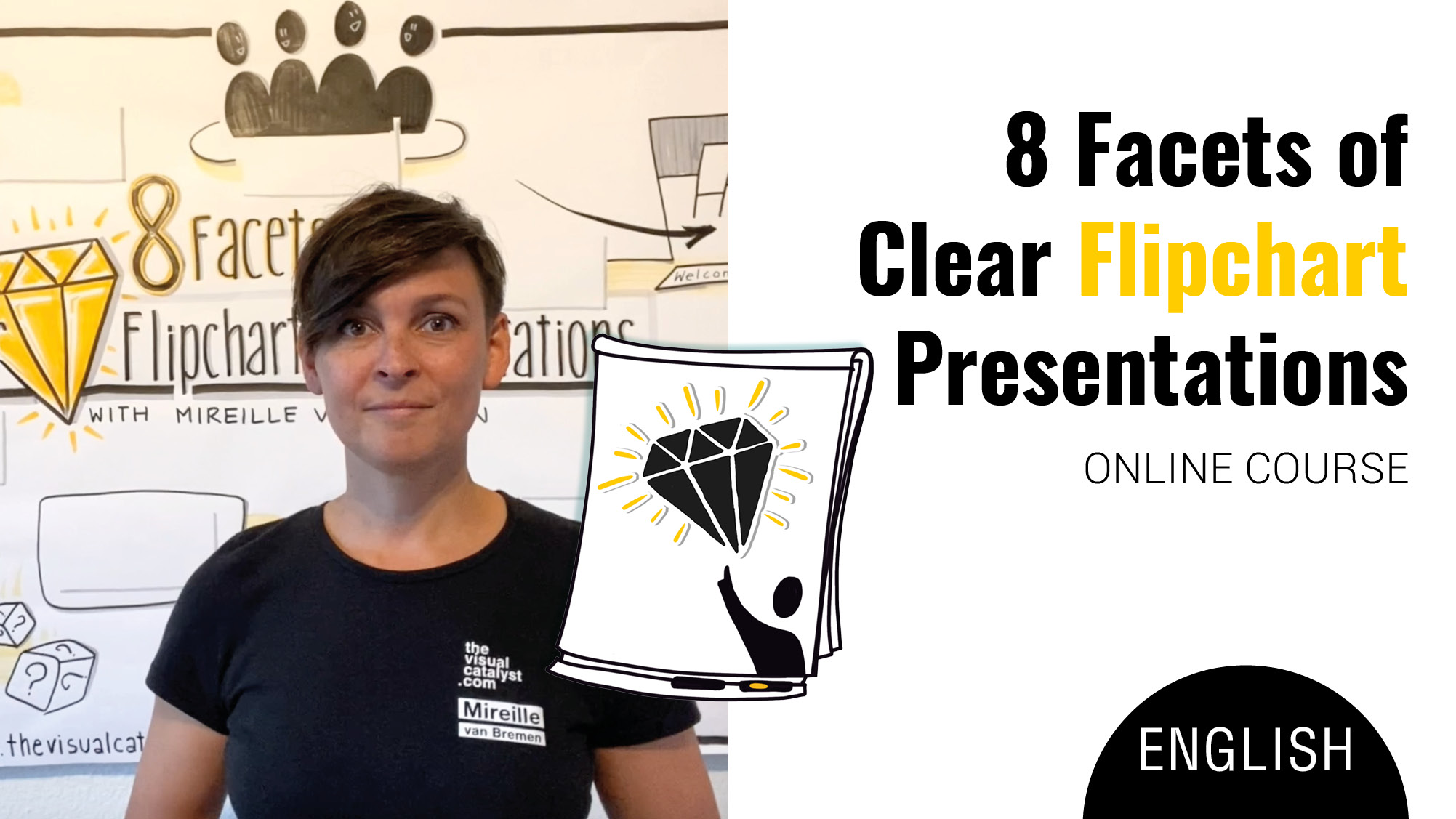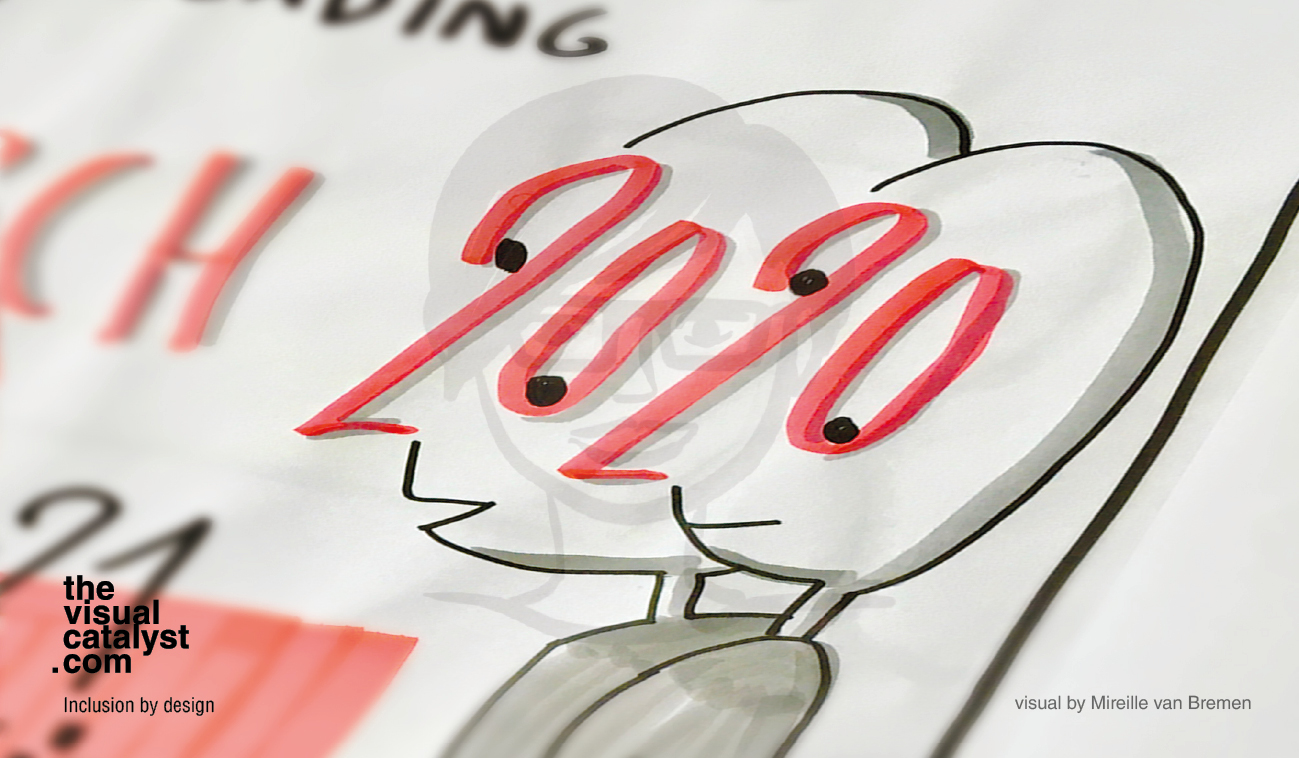
Do your participants smile when they see witty solutions in your communication tools?
I guess they do. In most situations, people like to be triggered in a positive way. If that’s what you do for your participants, you are actually strengthening your relationship with them.
As a graphic designer I have always been fascinated by wit in design. Wit is a really, really valuable asset to mix into your visual communication as it directly increases the impact of your communication (and thus your relationships).
But eh, wit, what’s that?
According to Google dictionary wit means:
- • the capacity for inventive thought and quick understanding; keen intelligence.
- • a natural aptitude for using words and ideas in a quick and inventive way to create humor.
Witty means: showing or characterized by quick and inventive verbal humor.
I see a lot of AIM and GAIN by using wit in visual communication and I believe it really makes you more powerful in your communication. That’s why I have listed 7 advantages – some more surprising than others – that can encourage you to be more playful and yep, wit.
The 7 advantages of using wit in visual communication
1 • HUMOR & JOY
2 • REDUCES COMPLEXITY
Using wit in the designs of your flipcharts, handouts, visual aids and other visual communication materials, eliminates the non-essential from your message. People can quickly perceive and grasp the essence of your message without being overwhelmed by lots of irrelevant information. Or even worse, getting lost in a load of information out of which you let them define what is really important, essential or relevant.
3 • REVEAL THE ESSENTIAL MEANING
If you are the one sending the message out, you want to make sure others get what you mean to address. It’s your job to make sure you are understood in the way you like to be understood. Not from your participants. So don’t leave it up to them to decide which parts of your message are really relevant or essential. The faster you are able to reveal the meaning, the quicker participants will be able to verify if 1) they understand what you mean and 2) decide how they relate to that meaning themselves and 3) question that relation and possibly ask for more background to come to new insights that might change their view or relation.
‘Imam krompir’ = ‘I have potatoes’ in Slovene
Slovenian proverb for saying ‘I have luck’
2008 was the year of the potato. To build customer relations, I came up with a new years campaign all around this topic. It included a large party for clients where they were part of a potato cooking contest. The apron I designed for them had the clover growing out of the pocket, to become part of the words, revealing the meaning of the proverb and playing with the theme of the campaign.
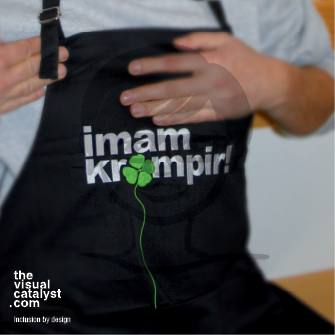
4 • INCREASE CLARITY
By providing a clear focus on what you mean, what you want people to do or how you are navigating them, participants feel at ease because they sense your leadership and expertise. They get a sense you know what you are talking about and what you want them to understand.
5 • ORIGINAL CONCEPTS
What you show is unexpected, You didn’t get there by logic but by combining more than one concept which yet can be held by the mind at once. It’s the same thing that happens when using (visual) metaphors, giving participants a chance to relate to something known, yet unfamiliar. That specific combination helps people come to insights they could not reach before.
6 • LESS WORKING TOOLS
What you show is unexpected, You didn’t get there by logic but by combining more than one concept which yet can be held by the mind at once. It’s the same thing that happens when using (visual) metaphors, giving participants a chance to relate to something known, yet unfamiliar. That specific combination helps people come to insights they could not reach before.
7 • HIDE MISTAKES
Most of us are scared to make mistakes and not be able to cover them up before the client or participant sees it. Let go of that fear now and open yourself to bringing in wittiness into your work. I can’t tell you how many times this resolved everything for me, and sometimes even made my designs better, even in terms of bringing out more meaning. The present moment has so much to offer, you’d be surprised if only you give yourself a chance to let it surface!
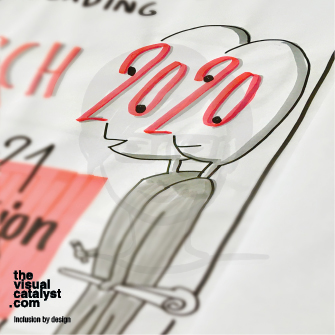
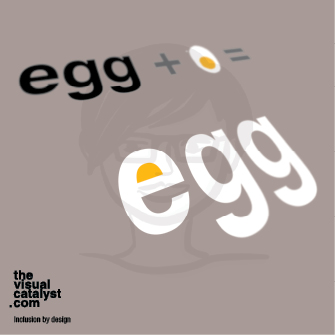
Do you want learn how to visually attune yourself to your audience and be more effective with your training programs?
Learn about the 8 facets that help you visually attune your communication & facilitation to the audience in your training!

My name is MIREILLE VAN BREMEN
Visual Empathy Trainer and Coach ◉ NVC based Conflict Coach & Mediator ◉ Graphic Recorder, Illustrator, Designer
I help organizations and trainers to be visually attuned to their audience and offer visual expressions of understanding, with the intention to create connection.
Organizations hire me to visually empower their communication strategies.
Trainers and coaches join my visual empathy courses to increase the relevance and efficacy of their Empathic or Nonviolent Communication training programs.
